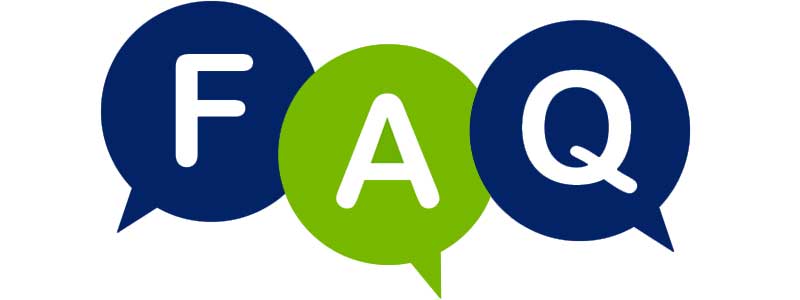Have Some Q’s and Need Some A’s?
If you’ve heard about sentiment analysis but are not sure exactly what it is, you’re not alone. Sentiment analysis has been around for over 10 years, yet it remains a mystery to some people. And this is unfortunate since it’s one of the most effective tools contact centers can have at their disposal.
To help you gain a better understanding of sentiment analysis, here are 10 frequently asked questions that help explain what it is, its purpose, and its benefits.
1. What is Sentiment Analysis?
At its simplest, sentiment analysis uses specific words and phrases to quantify the mood of a recorded conversation. More specifically, sentiment analysis determines whether the experience of any conversation is positive, negative, or neutral.
2. How Does It Work?
Once the transcription engine transcribes a recorded phone conversation, it then scans the conversation for specific words or phrases that quantify the conversation’s atmosphere. For instance, the phrase(s) “I’m unhappy,” or “I don’t understand,” or “why can’t I” are scored with negative sentiments, while “great,” or “thank you so much,” or “I love this” are all considered positive.
3. Why Does My Contact Center Need It?
Sentiment analysis goes beyond what was actually said in conversations with customers. QA managers and coaches use it to gain a clearer understanding of how customers truly feel. Comparing sentiment analysis data within a set date range, group of agents, etc., provides valuable CX insights to improve both the customer experience and agent performance.
4. Why Not Just Use Post-Call Surveys?
Studies show that most customers will not take the time to complete an end-of-call survey. Furthermore, the few customers who complete surveys tend to provide vague answers that fail to convey how they truly feel. Sentiment analysis gives a much more accurate reflection of how your customers feel. Moreover, it provides a way to understand customer sentiment about specific aspects of your business.
5. Is Sentiment Analysis the Same as Emotion Detection?
While these terms are often used interchangeably, sentiment analysis and emotion detection are not the same. Sentiment analysis looks at the spoken words within an interaction, while emotion detection picks up on the tone of voice. The tone includes factors such as volume, pitch variation, etc. Sentiment analysis and emotion detection often work in tandem to provide a more comprehensive understanding of the customer experience.
6. How Does Sentiment Analysis Improve the Customer Experience?
Sentiment analysis identifies and performs root cause analysis on specific customer pain points. This provides a clear understanding of what your customers want and don’t want. So using that data to formulate strategies that minimize future complaints will keep your customers satisfied.
7. How Does Sentiment Analysis Improve Agent Performance?
Your agents should consistently provide the best customer experience possible. Sentiment analysis, along with tools such as silence and overtalk detection, can expose agent knowledge gaps. As a result, managers will know which agents need extra coaching in specific areas. However, once those gaps are closed with effective coaching, you should see improvements in agent performance.
8. Can Other Departments Use Sentiment Analysis?
Yes, they can! And they should! Sentiment analysis can help your New Product Development department create products your customers will want to buy. Furthermore, it can help your Sales department identify upsell opportunities. Or your Billing department can use sentiment analysis to settle accounts more efficiently. There are so many applications for sentiment analysis in any department.
9. Can Sentiment Analysis Improve Marketing Strategies?
Absolutely. Sentiment analysis gives you data to formulate advertising campaigns that will resonate with consumers and inspire positive responses. Knowing exactly what factors into improving customer satisfaction helps develop marketing strategies that get real results. Plus, you can be confident that using this tool will yield the best ROI for your ad spend.
10. How Does Sentiment Analysis Show Me Where I Stand Among My Competitors?
It’s one thing to know how often your customers mention your competitors; it’s entirely another to know how your customers feel about your competitors. Sentiment analysis shows you whether your customers are more inclined to take their business elsewhere, and how to prevent that from happening.
Ready to Learn More About Sentiment Analysis?
Sentiment analysis fosters positive change across your entire organization because it gets to the heart of how your customers really feel. And when customers believe that a company truly understands them, they show their appreciation through customer loyalty.
If you would like to know more about CallFinder’s sentiment analysis and how it can help your business, schedule a 15-minute demo to learn more about this feature.








